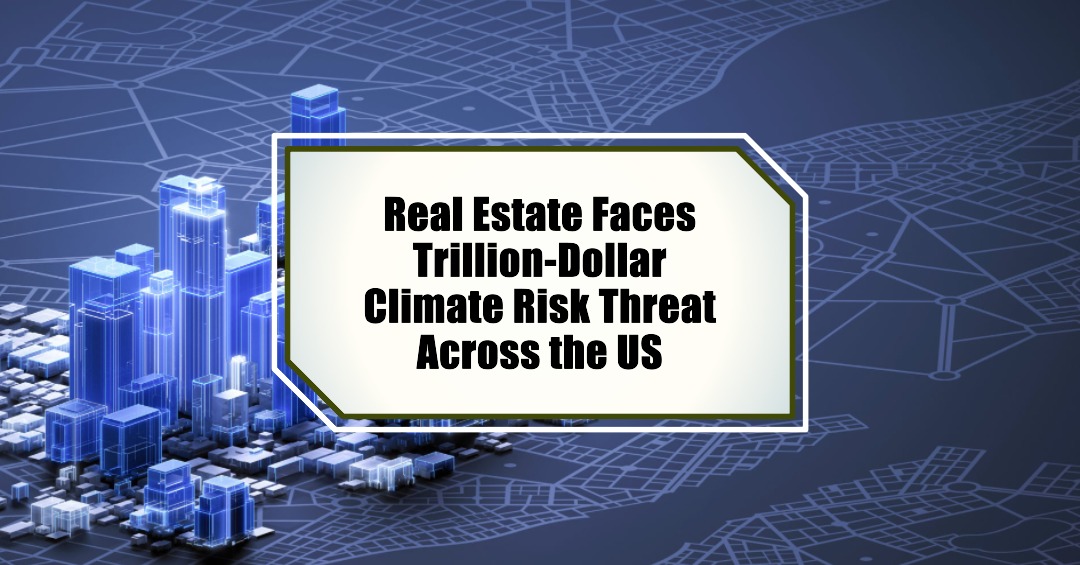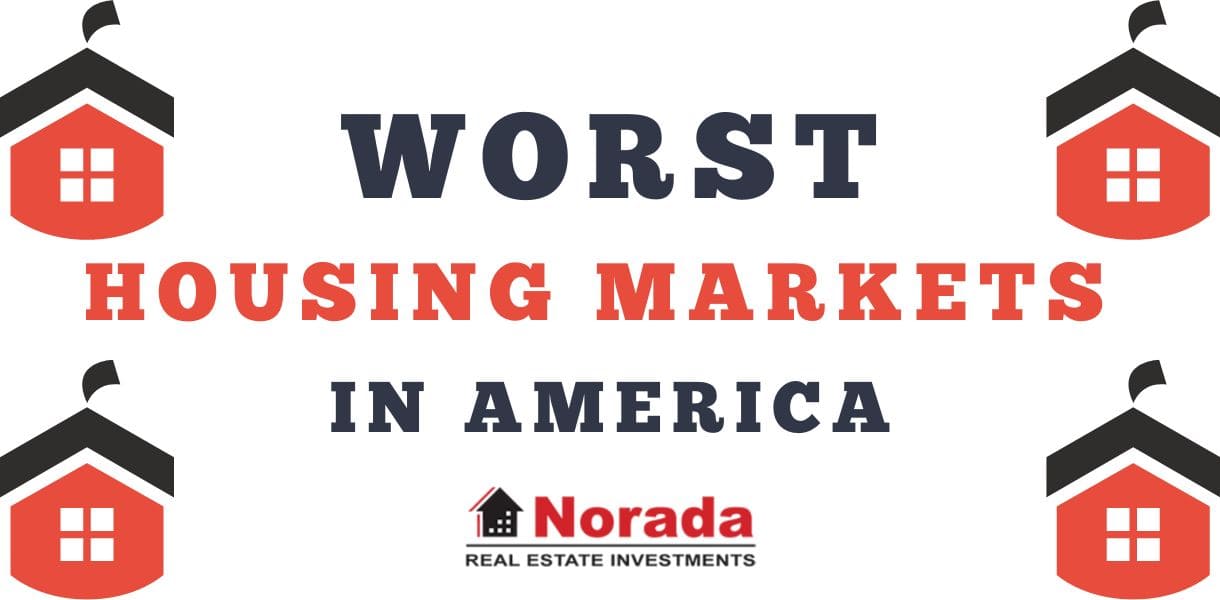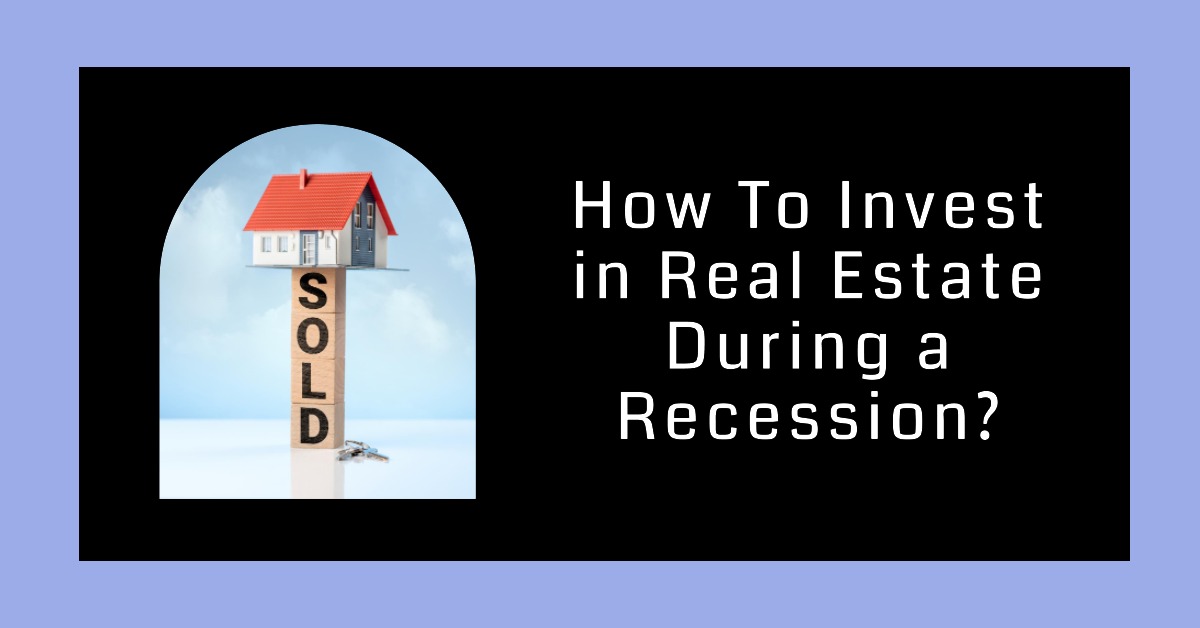Climate change is no longer a distant threat; it's here, and it's already impacting our wallets. A recent Zillow analysis reveals that climate risks threaten trillions of dollars in real estate across the United States, exposing homes to potential damage from floods, fires, and extreme wind, and potentially reshaping the future of homeownership.
Real Estate Faces Trillion-Dollar Climate Risk Threat Across the US
Are you ready for a wake-up call?
I’ve been following the real estate market for over a decade, and I've seen trends come and go. But the growing impact of climate change on property values isn’t just another fleeting trend; it’s a fundamental shift that every homeowner, buyer, and investor needs to understand. It’s not just about rising sea levels anymore. It's about wildfires raging through suburbs, stronger hurricanes tearing apart coastal communities, and even subtle shifts in weather patterns that can destabilize a home's foundation.
The Staggering Numbers: A Breakdown of the Risks
The Zillow analysis, which leverages data from First Street Foundation, paints a pretty stark picture. We're talking serious money, folks.
- Wind Risk: Homes facing major wind risk rack up to at least $17 trillion, a figure equivalent to half of the entire U.S. GDP.
- Fire Risk: Properties threatened by major fire hazards are valued at $9.1 trillion. Imagine that going up in smoke!
- Flood Risk: Homes vulnerable to major flooding amount to a whopping $7 trillion.
These aren't just abstract figures. They represent real homes, real families, and real financial futures hanging in the balance. When you add it all up, the total value of homes at major risk is more than the entire GDP of countries like Japan and Germany!
Here's a breakdown of the metros at highest risk:
| Metro Area | Total Value of Homes with Major Fire Risk (Billions) | Total Value of Homes with Major Flood Risk (Billions) | Total Value of Homes with Major Wind Risk (Billions) |
|---|---|---|---|
| New York, NY | $68.6 | $593.0 | $3,031.3 |
| Los Angeles, CA | $831.4 | $286.6 | N/A |
| Chicago, IL | $4.0 | $117.5 | N/A |
| Dallas, TX | $230.9 | $60.9 | $755.3 |
| Houston, TX | $55.8 | $261.4 | $790.4 |
| Washington, DC | $36.7 | $109.0 | $125.2 |
| Philadelphia, PA | $19.7 | $80.1 | $781.1 |
| Miami, FL | $70.0 | $579.7 | $1,432.8 |
| Atlanta, GA | $28.5 | $65.7 | $345.7 |
| Boston, MA | N/A | $152.6 | $1,021.7 |
| Phoenix, AZ | $336.0 | $49.7 | N/A |
| San Francisco, CA | $385.4 | $192.8 | N/A |
| Riverside, CA | $551.1 | $73.9 | N/A |
Why Are People Still Buying in High-Risk Areas? The Paradox of Perception
Now, here’s where it gets interesting. Despite these very real threats, many people are still choosing to buy homes in areas known to be at high risk. Zillow's research indicates that over 80% of home shoppers consider climate risks, yet these locations often have higher home values. What gives?
There are several factors at play:
- Desirability: Coastal locations, mountain views, and proximity to urban centers often outweigh climate concerns in the eyes of many buyers. People are drawn to the lifestyle these areas offer, and they’re willing to take the risk – or perhaps they aren't fully aware of the true extent of the risk.
- Affordability (or lack thereof elsewhere): In some cases, high-risk areas may be the only option for buyers priced out of safer neighborhoods. This is a particularly concerning trend, as it can exacerbate existing inequalities.
- Short-Term Thinking: Some buyers may be betting that they’ll sell the property before the worst impacts of climate change hit. This is a dangerous game, as it relies on the assumption that the market will continue to ignore the mounting evidence.
- Lack of Information: While awareness of climate risk is growing, many buyers still lack access to comprehensive, easy-to-understand information about the specific risks facing a property. This is improving with resources like Zillow's climate risk data, but there's still a long way to go.
The “Denial” Factor: Are We Underestimating the Risks?
I think there's also a certain level of “denial” at play. People tend to underestimate risks that feel distant or abstract. It's easy to think, “That won't happen to me,” even when the data suggests otherwise. As human beings, we are notoriously terrible at assessing risk.
Insurance: The Canary in the Coal Mine
One of the most telling signs of the escalating climate crisis is the upheaval in the insurance market. Insurers are starting to pull out of high-risk areas altogether, or they're dramatically increasing premiums. This is a major red flag, because insurance companies are in the business of assessing and pricing risk. When they start to back away, it's a clear indication that the risks are becoming too great to bear.
Think of it like this: if you were betting on a horse race, and the odds on one horse suddenly skyrocketed, you’d probably think twice before putting your money down. The insurance market is essentially doing the same thing, and we need to pay attention.
The Impact on Home Values: A Looming Correction?
The big question, of course, is how all of this will ultimately affect home values. I believe that we're headed for a reckoning. As climate risks become more apparent and insurance costs rise, I expect to see a significant correction in the housing market, particularly in the most vulnerable areas.
Homes in high-risk areas will likely become less desirable, leading to lower prices and longer times on the market. This could create a cascade effect, as homeowners struggle to sell their properties and move to safer locations.
What Can Homebuyers Do?
If you're in the market for a new home, it's more important than ever to factor climate risk into your decision-making process. Don't just rely on gut feelings or anecdotal evidence. Do your research, consult with experts, and understand the specific risks facing a property.
Here are a few steps you can take:
- Check Zillow's Climate Risk Data: Zillow's new feature provides valuable insights into flood, fire, wind, heat, and air quality risks. Use it to assess the potential hazards associated with a property.
- Consult with Insurance Professionals: Talk to multiple insurance agents to get a clear understanding of the cost of insuring a property and whether coverage is even available.
- Review FEMA Flood Maps: These maps provide detailed information about flood zones and potential flood risks.
- Consider a Home Inspection: A thorough home inspection can identify potential weaknesses or vulnerabilities that could make a property more susceptible to damage from natural disasters.
- Think Long-Term: Don't just focus on the immediate benefits of a location. Consider the long-term implications of climate change and how it might impact your property's value and livability.
- Get Professional Advice: Do not hesitate to seek guidance from the financial professionals.
What Can Homeowners Do?
If you already own a home in a high-risk area, there are steps you can take to mitigate the risks and protect your investment:
- Invest in Home Improvements: Consider measures to fortify your home against floods, fires, or wind damage. This might include installing flood barriers, reinforcing your roof, or creating defensible space around your property to protect against wildfires.
- Advocate for Community-Level Solutions: Support local initiatives to improve infrastructure, manage flood risks, and reduce wildfire hazards. Collective action is essential to protecting entire communities.
- Stay Informed: Keep up-to-date on the latest climate science and potential risks in your area.
The Role of Government and Policy
Ultimately, addressing the threat of climate change to the real estate market will require strong leadership from governments and policymakers. We need policies that incentivize sustainable development, discourage construction in high-risk areas, and provide financial assistance to homeowners who need to relocate.
My Final Thoughts: This Isn't Just About Money
While the financial implications of climate change are significant, it's important to remember that this is about more than just money. It's about protecting our homes, our communities, and our way of life. It's about ensuring that future generations have a safe and sustainable place to live.
The challenge before us is daunting, but I believe that we can rise to meet it. By acknowledging the risks, taking proactive steps, and working together, we can build a more resilient and sustainable future for our homes and our communities.
Invest in Real Estate in the Top U.S. Markets
Discover Norada's high-quality, ready-to-rent properties designed to deliver consistent returns.
Contact us today to expand your real estate portfolio with confidence.
Contact our investment counselors (No Obligation):
(800) 611-3060
Also Read:
- Top 22 Housing Markets Where Prices Are Predicted to Rise the Most by 2026
- Housing Market Predictions 2026: Will it Crash or Boom?
- 12 Housing Markets Set for Double-Digit Price Decline by Early 2026
- Housing Prices Are Set to Rise by 4.1% by the End of 2025
- Housing Market Predictions for the Next 4 Years: 2025 to 2029
- Real Estate Forecast: Will Home Prices Bottom Out in 2025?
- Housing Markets With the Biggest Decline in Home Prices Since 2024
- Why Real Estate Can Thrive During Tariffs Led Economic Uncertainty
- 5 Hottest Real Estate Markets for Buyers & Investors in 2025
- Will Real Estate Rebound in 2025: Top Predictions by Experts
- Will the Housing Market Crash Due to Looming Recession in 2025?
- 4 States Facing the Major Housing Market Crash or Correction





